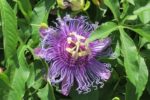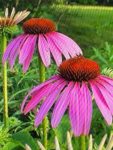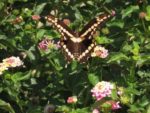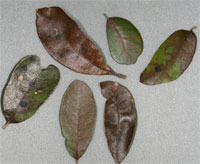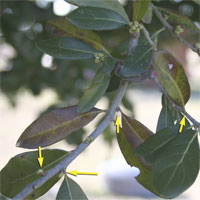“March is a month of considerable frustration – it is so near spring and yet across a great deal of the country the weather is still so violent and changeable that outdoor activity in our yards seems light years away.”
– Thalassa Cruso
March has indeed blown in like a lion. In fact, as I sit writing, it is storming up a storm! But, hang in there. I see nice, warm days in the 70s heading our way. This is the month when we can really get going in our gardens. Be cautious though. Those late March freezes and cold soil temperatures can rise up and catch the overly anxious of us. So, take a few moments, sit back, grab your favorite beverage, and enjoy some spring time reading.
Georgette Recker
Somervell Master Gardener
